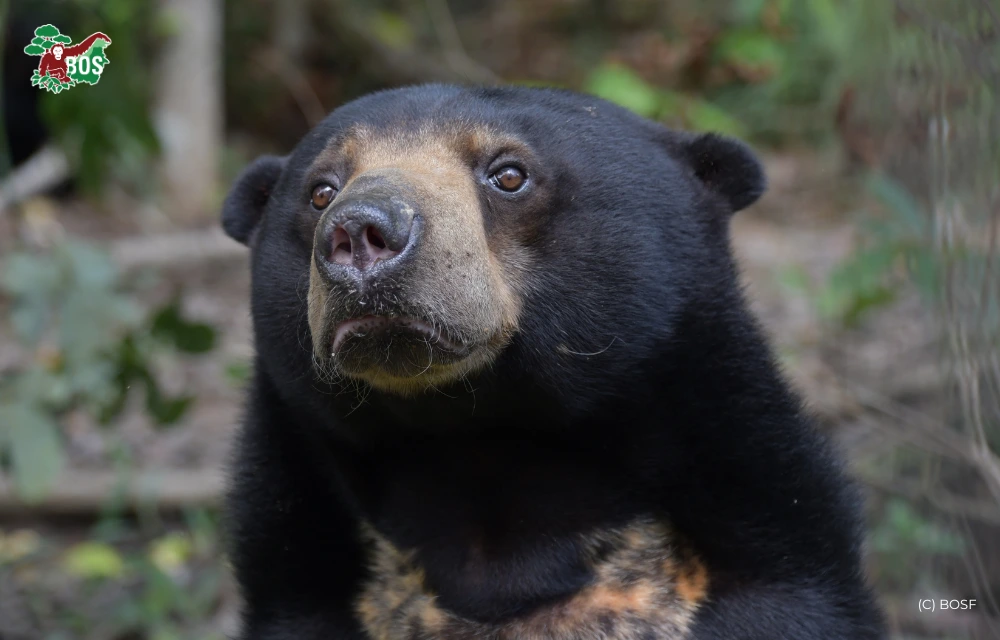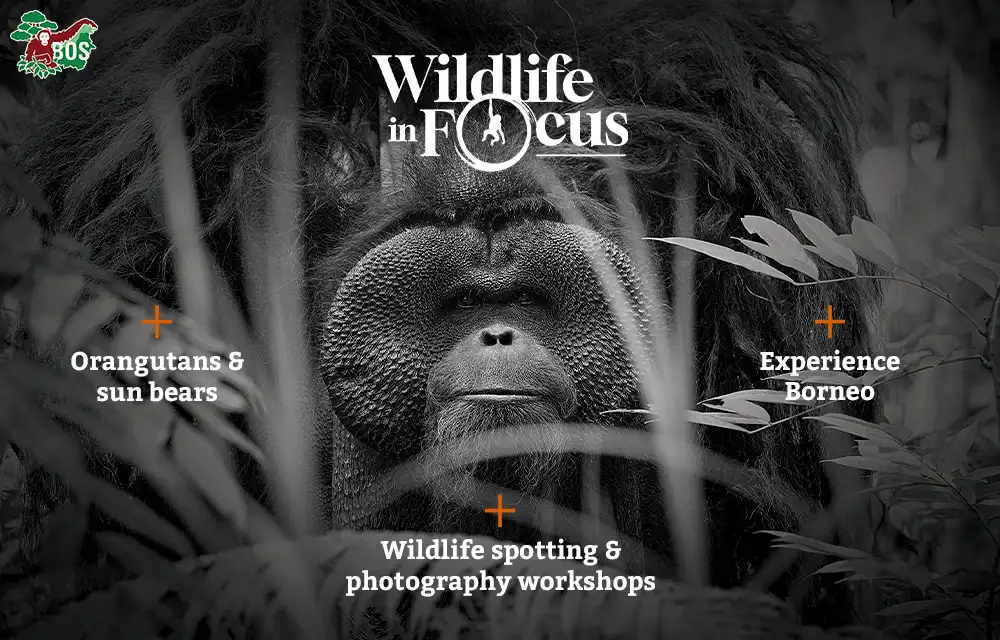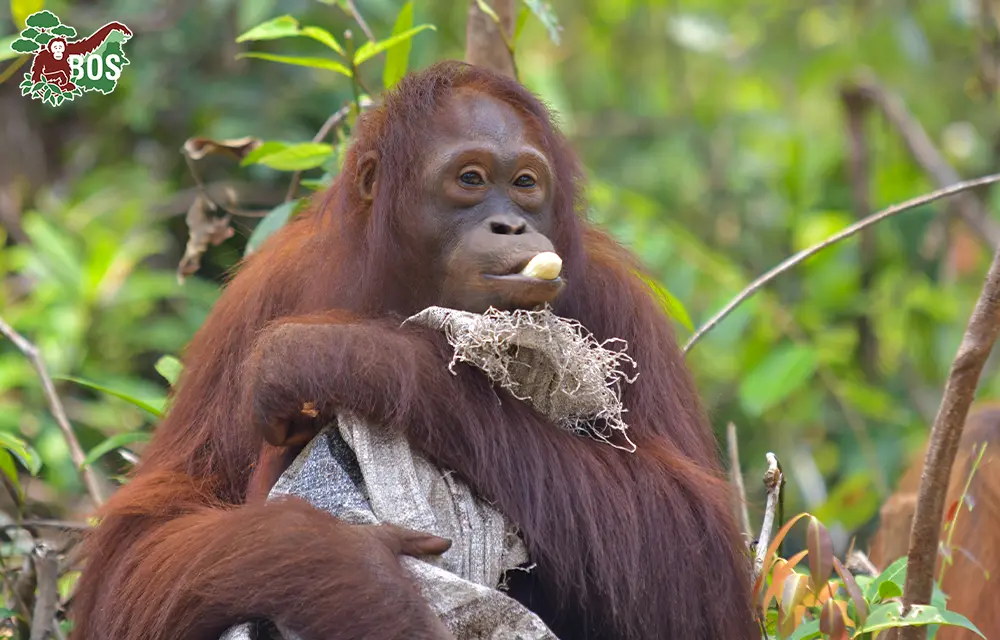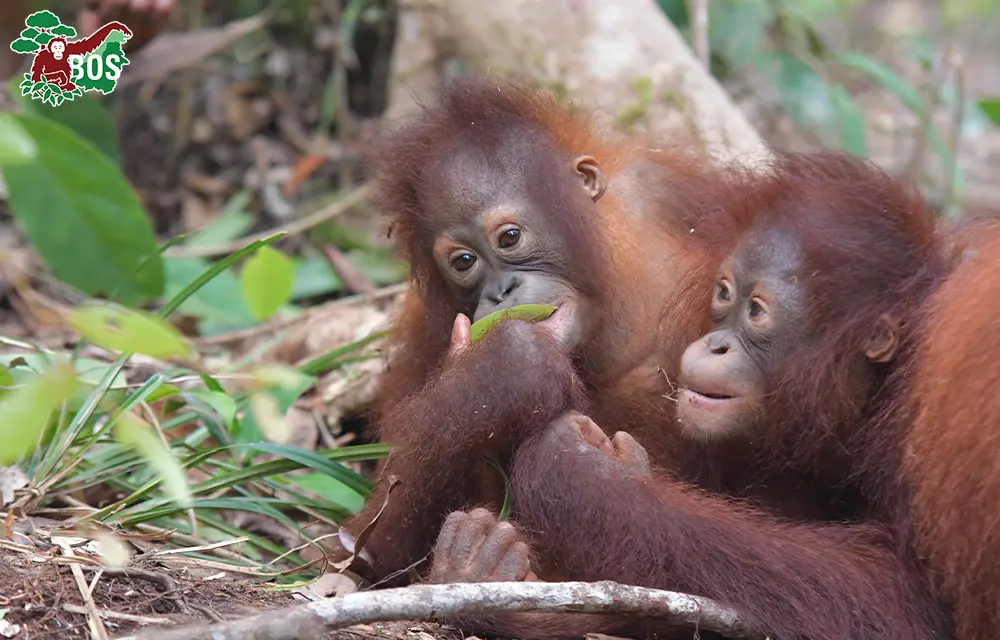When people think of bears, the image that usually comes to mind is that of large and powerful creatures such as grizzlies or polar bears. Yet in Southeast Asia lives the smallest bear in the world – the sun bear (Helarctos malayanus).
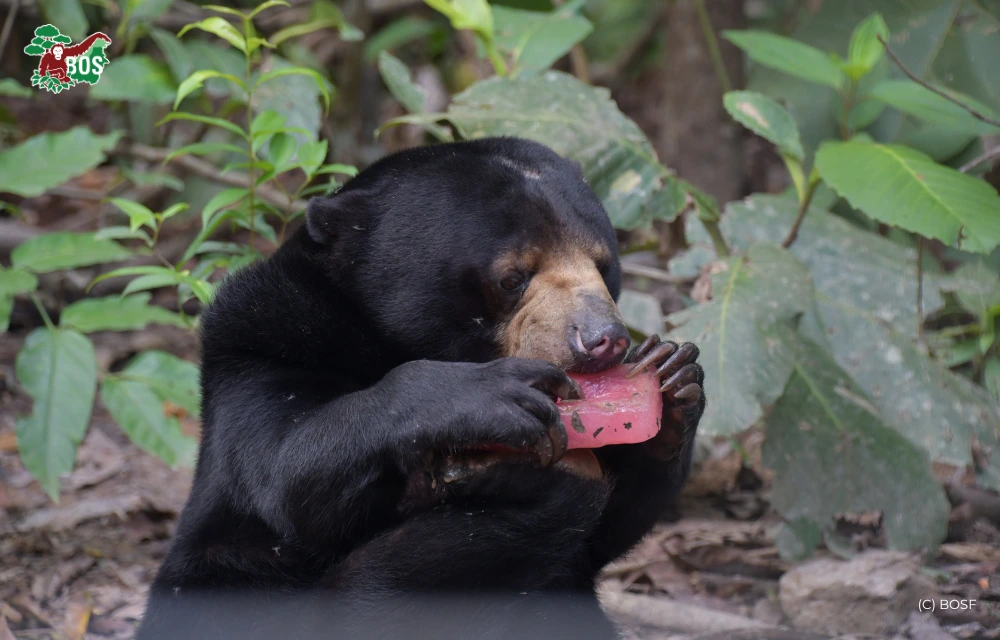
The sun bear is the tiniest of all bear species, standing only about 70 cm at the shoulder and weighing up to 65 kg. Their most distinctive feature is the golden, crescent-shaped mark on their chest. Just like human fingerprints, each sun bear’s chest patch is unique.
They also possess remarkably long tongues, reaching up to 25 cm. These tongues allow them to probe into tree cavities to lap up honey and insects. Combined with their curved claws and powerful limbs, sun bears are excellent climbers, spending much of their time high in the trees.
Though the smallest in size, their role in the tropical forest ecosystem is anything but small. Beyond their distinctive appearance and compact build, sun bears are crucial players in maintaining the balance of their habitat.
Sun bears are frugivores, feeding on a wide range of forest fruits. As they consume these fruits, seeds pass through their digestive system and are later deposited in their droppings. Wherever they roam, they leave behind seeds that germinate and grow into new plants.
This natural process supports forest regeneration and helps sustain biodiversity. Research has also shown that sun bears are particularly important in dispersing seeds of large tree species that form the backbone of forest structure.
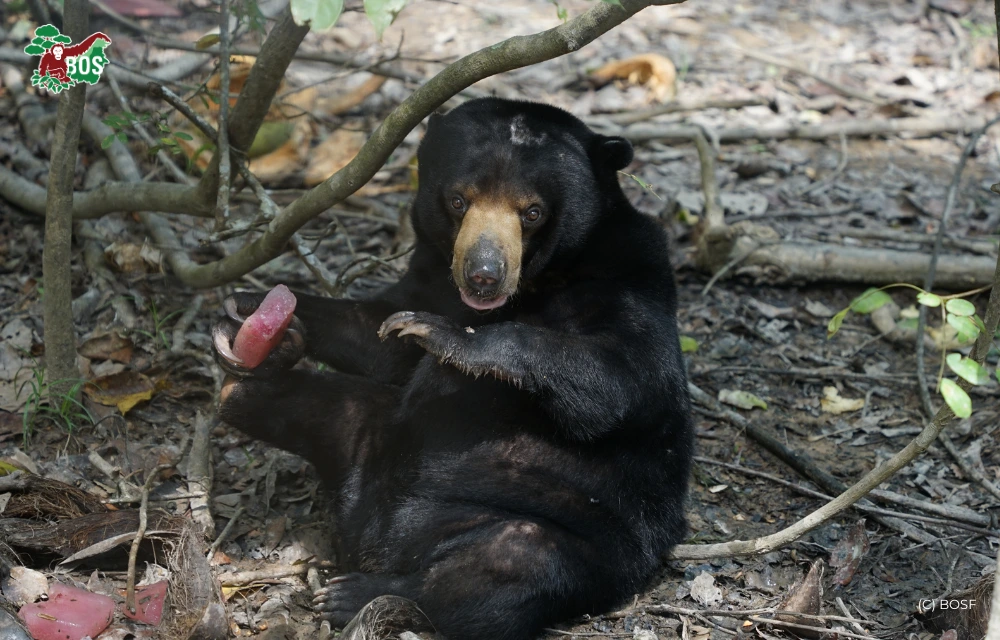
In addition to fruit, sun bears have a taste for insects, from termites to bee larvae. By digging into the soil or tearing apart tree trunks to find insects, they not only keep pest populations in check but also accelerate the decomposition of dead wood. This activity enriches the forest floor, creating new microhabitats for other organisms and fuelling the natural cycles of the ecosystem.
Their habit of clawing at trees in search of honey or insects often leaves behind small cavities in trunks. These hollows can later serve as shelter or nesting sites for birds, bats, and other small creatures. In this way, sun bears act as “hidden architects” of the forest, shaping habitats that benefit countless other species.
Despite their ecological importance, sun bears face serious threats from habitat loss, hunting, and the illegal wildlife trade. According to the International Union for Conservation of Nature (IUCN), they are now classified as Vulnerable, with populations continuing to decline. Without them, tropical forests would lose one of their vital engineers of balance and diversity.
Much like the orangutan, protecting the sun bear is not only about saving a single species; it is about safeguarding the health and resilience of tropical forests as a whole, ensuring they continue to provide life for countless other animals.
Text by: Communication Team, BOS Foundation Headquarters, Bogor, West Java
Will you help us rescue, rehabilitate and release orangutans back to freedom or support ongoing care for sun bears? Thank you!


